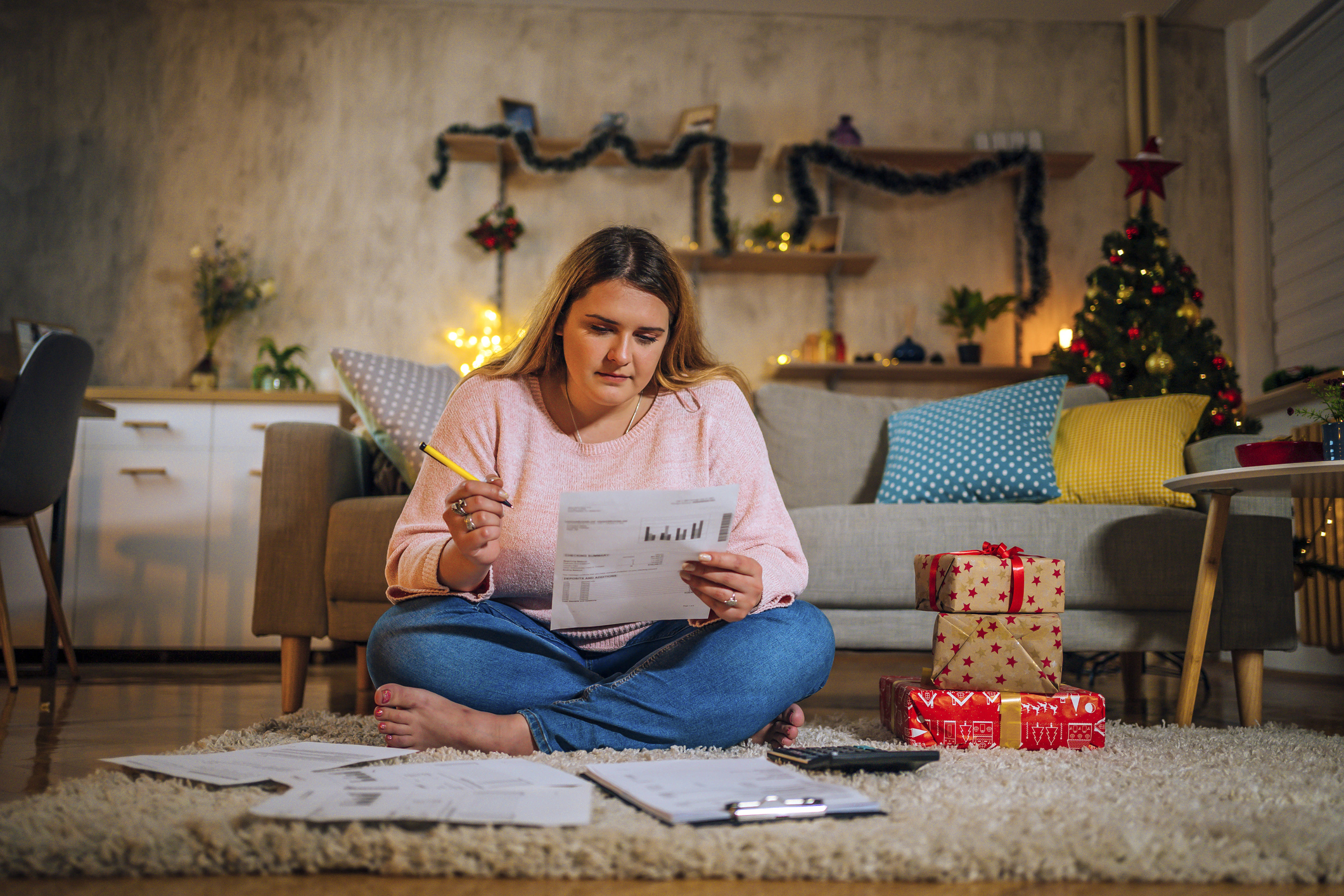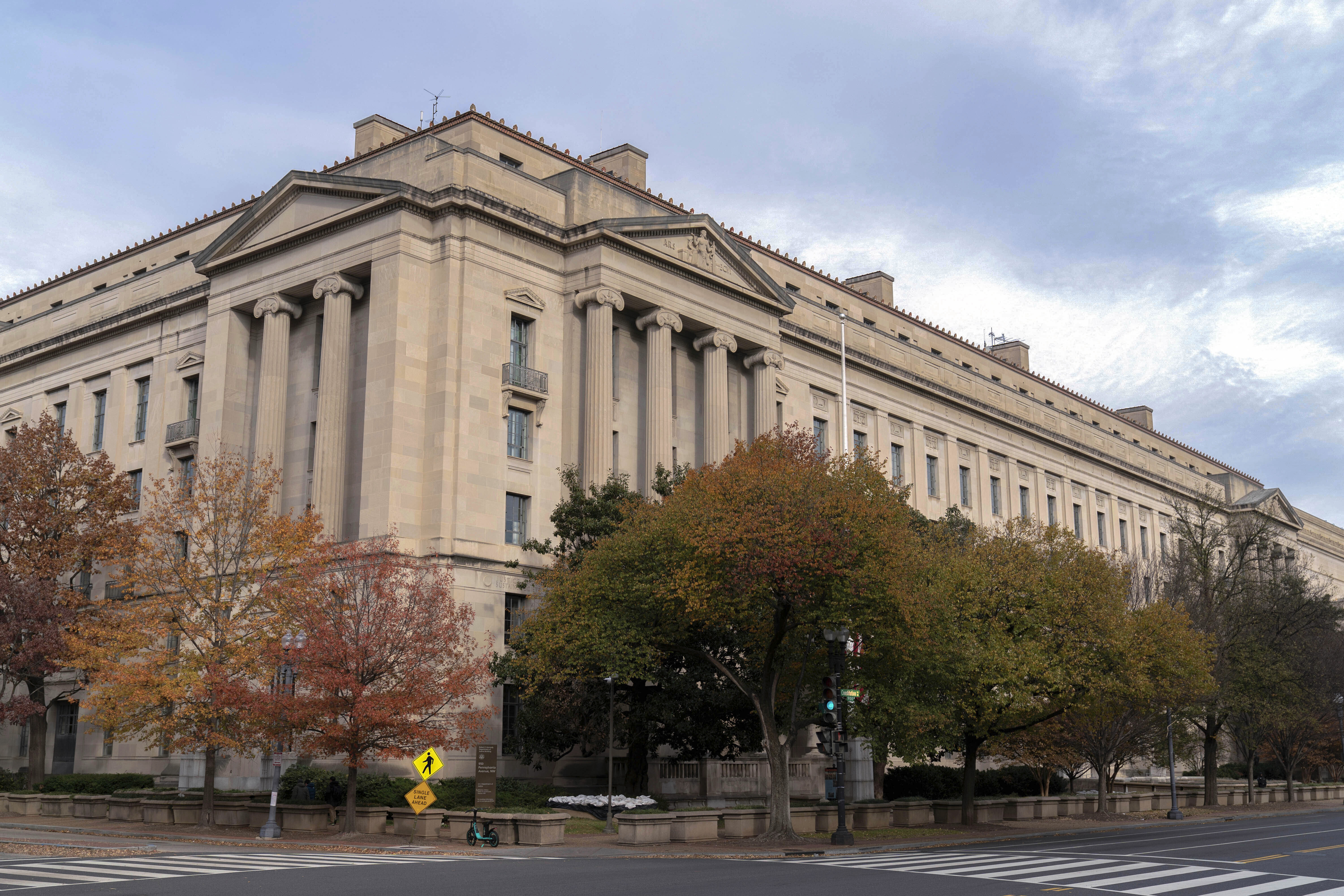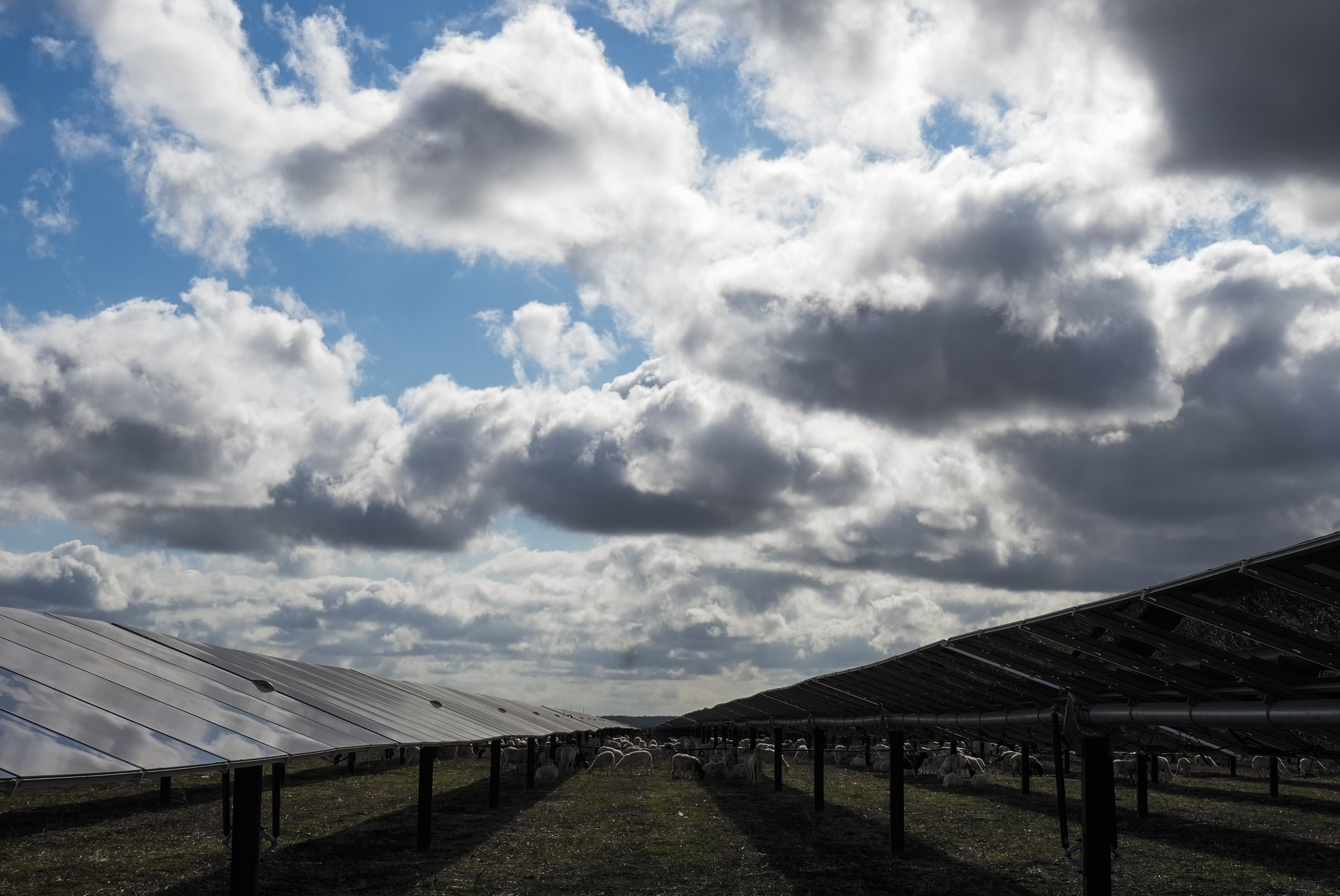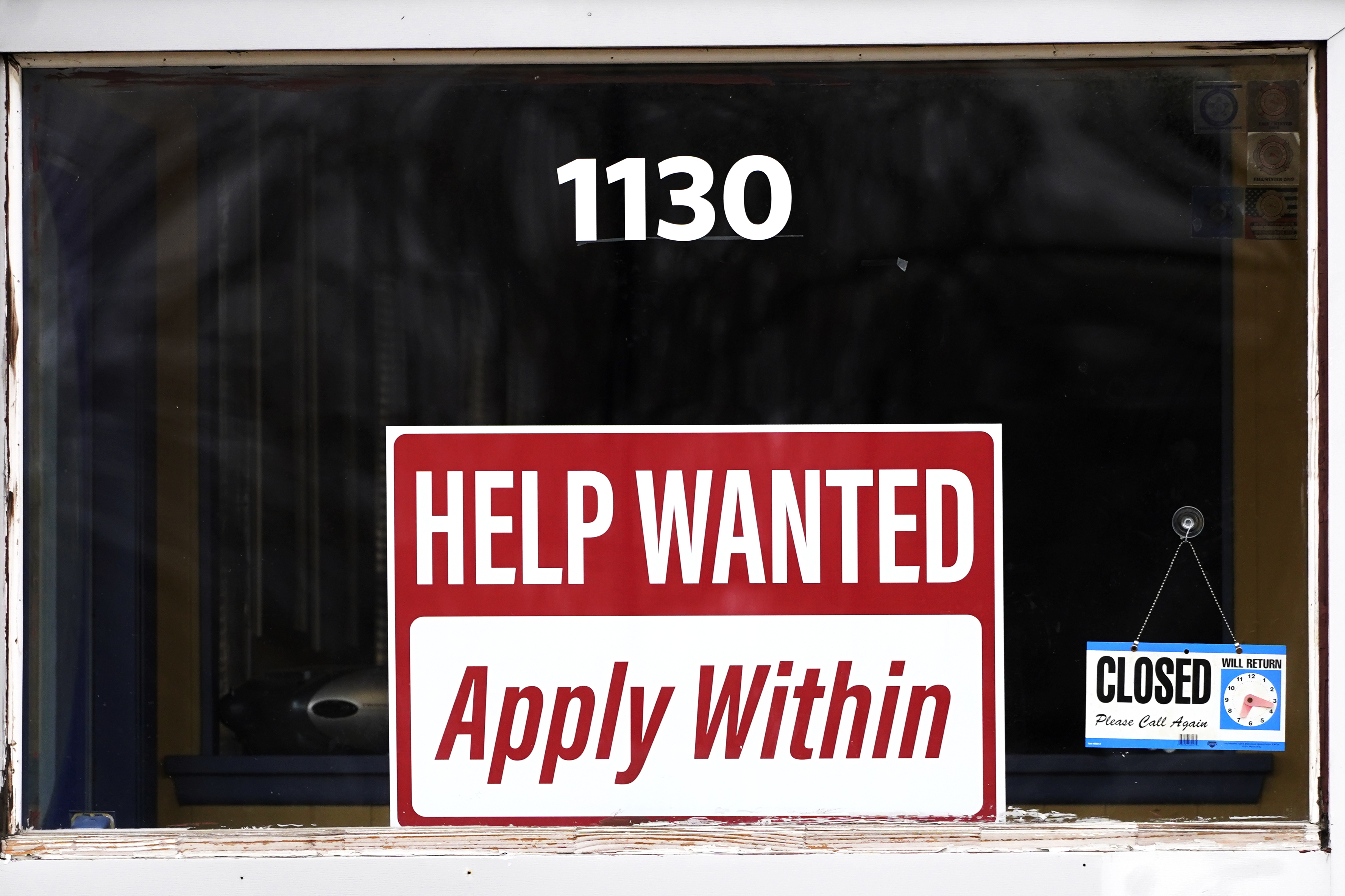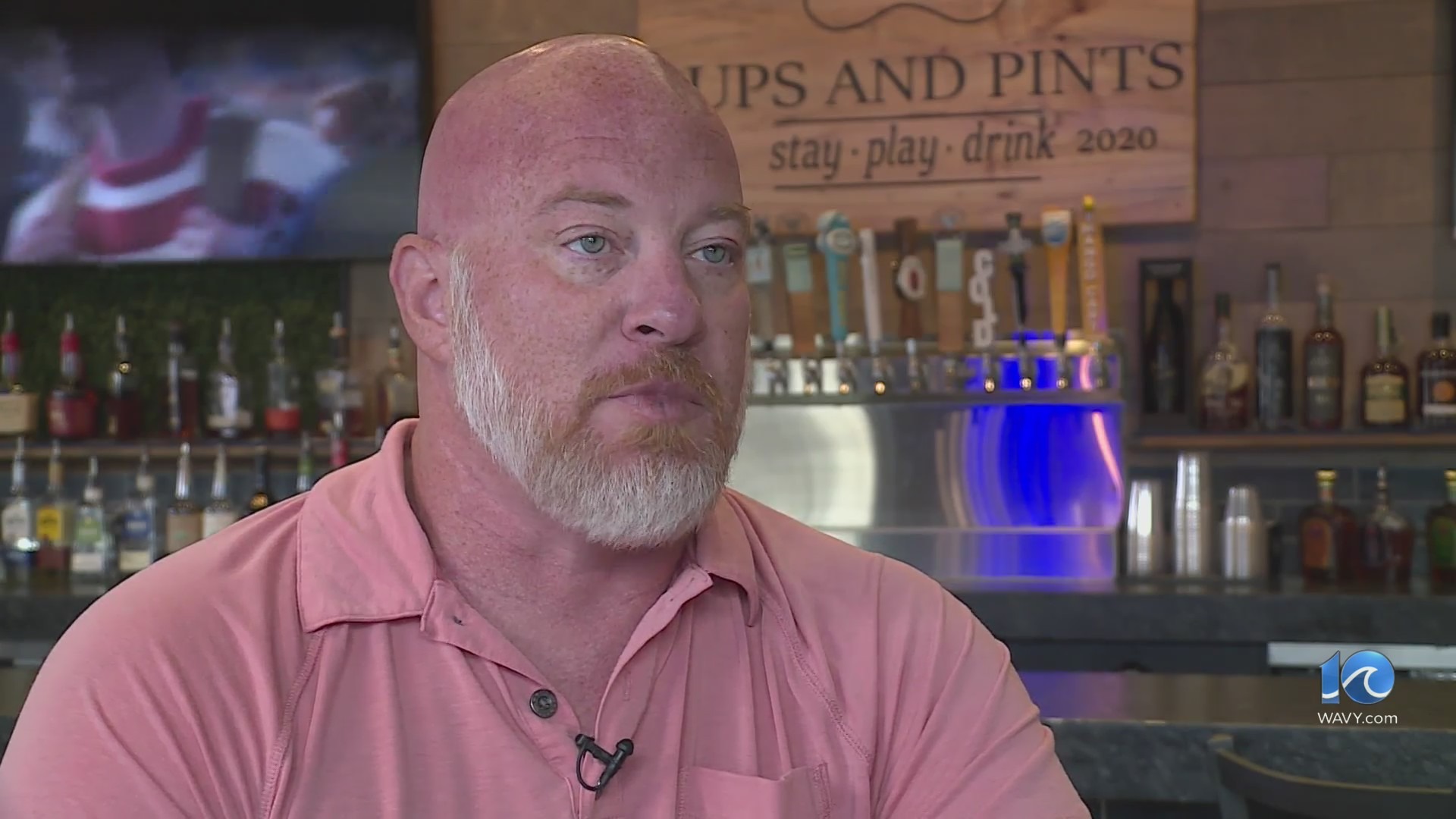HIGH POINT, N.C. (WGHP) – A certain number of us want Daylight Saving Time – which starts officially at 2 a.m. Sunday – to become a year-round thing.
Many of us are willing to trade darkness when we arise for more time in the sun after we get home from work or school, some polls suggest. But not all of us think this way. And, really, should we want to do this? That’s another question entirely.
High Point University Poll this week shed new light on how we feel about Daylight Saving Time. Almost half of the 1,000-plus North Carolinians surveyed (46%) said they wished the time change were year around, that the amount of light at 6 p.m. didn’t change just because a specific date in March and November (Nov. 5, if you want to plan) popped up on the calendar.
But then that’s the glass half – well – light. There are 54% who don’t like that idea. About 1 in 5 of us want the time clocks to remain as they are, and another 1 in 5 want to make Daylight Standard Time (the winter solstice, so to speak) permanent. Then there are the 13% who say wake me when you decide.
This debate is nothing new, probably going on since DST was first conceived and implemented, which was in World War I to conserve energy resources. That approach was repeated during World War II, and the ebb and flow of time since has been up to states. Health.com says about a quarter of the world’s population goes through these forward/back resynchronizations.
In the beginning, though, they called it “War Time,” which perhaps foretold the war of words that has continued to surround the whole idea. Who could recall when you crossed the borders of Arizona and Indiana from any direction that your time was different? A lot more states are about to be like that. You can set your clock by the idea that lawmakers want to synchronize more evening daylight.
The U.S. Senate unanimously passed a bill last year to make DST permanent. The House, well, its members will get back to you.
And there were at last count 18 states that had enacted some sort of legislation about Daylight Saving Time. North Carolina is not one of them, although neighboring South Carolina and Tennessee are. The NC House in 2021 passed a bill to make DST the only time. The Senate let it go. Virginia didn’t pass a measure, either.
More polls
High Point University isn’t alone in asking. There have been a lot of polls. Monmouth University last March published one to say that 44% of Americans want year-round later time (DST), but 35% like the current two-season approach to time. About 13% prefer the standard approach.
And when you look at geographic breakdowns, Monmouth found that those numbers were lower (40% for DST) in the Eastern Time Zone and higher in the Central (49%) but were identical on north/south divides. So what does that tell us? We can’t synchronize anything.
Healthy idea?
The other question – that none of the polls cited here asked – is this even a good idea for our health?
Racquel Ingram, dean of HPU’s School of Nursing put it this way in the polling center’s release: “Switching between daylight saving time and standard time can impact the body’s circadian rhythm, altering both physical and mental health.”
Some experts suggest that losing an hour’s sleep in the spring is one thing, but shifting back to standard time in the fall can increase depression.
“There seems to be more depression, anxiety, and even suicidal thoughts around the time the clock changes both in March and in the fall,” David Merrill, MD, an adult and geriatric psychiatrist, told Health.com.
The American Academy of Sleep Medicine takes it further than just mental health, producing a survey that suggested:
- The change to DST can lead to a 6% increase in the risk of motor-vehicle accidents, cardiovascular events and mood disturbances; an increased risk of stroke and hospital admissions; and increased production of inflammatory markers, one of the body’s responses to stress.
- There was an 18.7% increase in adverse medical events “related to human error” in the week after switching to DST.
- The spring change is difficult for high school students because teens “lose an average of 32 minutes of sleep per night. That’s 2 hours and 42 minutes of lost sleep during the week. Students were found to have slower reaction times and have a hard time paying attention.
Tips to help you prepare
The Academy of Sleep Medicine suggests, then, that you be prepared for the change and adjust your behavior in advance, not just when you turn out the light on Saturday night. Here are the tips that group offers:
- Get at least seven hours of sleep per night before and after the time change.
- Gradually adjust bedtimes and rise times by shifting them 15 to 20 minutes earlier each night beginning a few nights before the time change.
- Adjust the timing of daily routines that are “time cues” for your body, such as your mealtimes.
- Set clocks ahead 1 hour in the early evening on March 11 and then go to bed at your normal bedtime that evening.
- Head outdoors for early morning sunlight the week after the time change, as the bright light will help set your internal clock to the new time. This helps regulate sleep and alertness.



